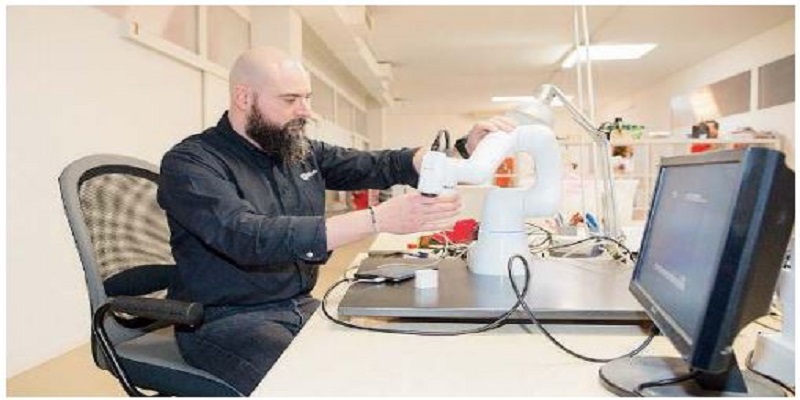The meeting between robotics and medicine, travels faster and faster. In the city, a team of neurosurgeons and engineers from the University of Brescia and Spedali Civili is developing a system that allows a robotic arm to facilitate operations simply by obeying the movements of the doctor’s head. «It is a collaborative robotics system – explains prof. Fabio Tampalini, referent of the Advanced Robotics Laboratory -, which we want to apply to the transnasal endoscopic neurranial neurosurgery “, that is to all those operations that use a visualization tool (the endoscope) to access the surgical target through natural cavities (in this case the nasal cavity) and thus treat pathologies of the skull base, tumors included in 15 mm. ” They are often interventions of 6-8 hours – comments Francesco Doglietto, neurosurgeon who started the project -, and the space in which it operates is minimal, usually 15 millimeters. Therefore very tiring and with a high risk of hindering one another with the instruments ». Hence the idea, started from Toronto, passed from Germany and arrived in Brescia, to replace the otolaryngologist, with a robot. At the moment the system has been successfully tested on the mannequins in the laboratory while 20 operations have been carried out in the operating room with a test robot controlled by a pedal. “The advantages of this system are all the more evident the more complicated the interventions,” confirms Doglietto. The goal now is to bring all innovation into reality. To do this, the team plans to incorporate the Wii accelerometers into a device worn by the surgeon, like a pair of glasses. At that point the step towards the neurosurgeon robot will be even shorter.
(photo by Stefano Nicoli)


